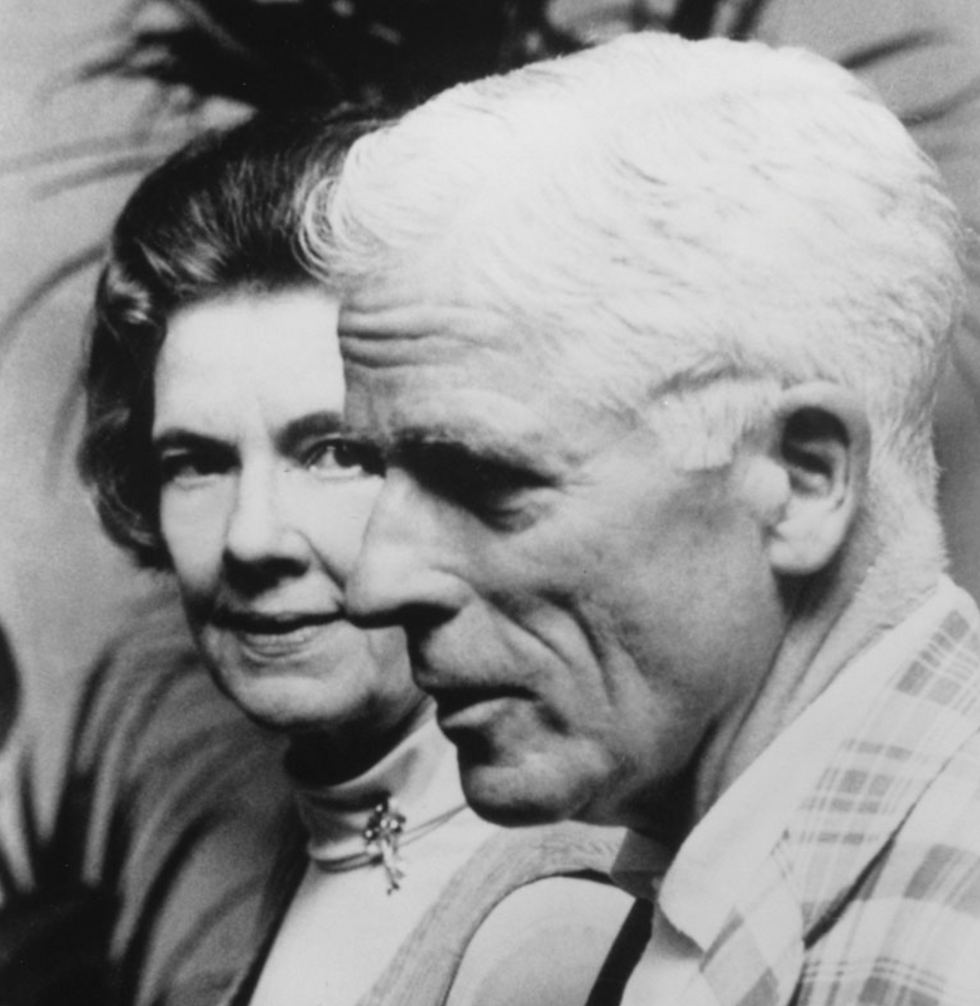Tiffany in the Wild: La Habana
- Eduardo Montes-Bradley

- Sep 8
- 3 min read
Updated: Sep 16
NOTES FOR A DOCUMENTARY FILM
The concept of Tiffany in the Wild, which will ultimately become the title of a collection of short films, came to me at The Met. I was there for the unveiling of a magnificent three-part Garden Landscape window created for Linden Hall in 1912. Presiding over the ceremony was Alice “Nonnie” Cooney Frelinghuysen, and in the background, a jazz trio summoned the echoes of the Belle Époque.
The moment felt like an encounter with a rare avis, suddenly in view, fragile and majestic. The Met was reminding us of the need to preserve the works of Louis Comfort Tiffany. But standing there, looking at this masterpiece set against a wall rather than animated by daylight, I realized something else: these works were not created to live in captivity. They were meant to exist in dialogue with the spaces for which they were conceived, breathing with the changing light of day and season.
That realization set me on a journey. I wanted to understand what is lost when a Tiffany window is uprooted, and what is preserved when it remains in place. In their natural habitats, these works of art are never static — they converse with architecture, absorb and reflect light, and change endlessly with the hour, the season, and the years. However, in captivity they are safe from predators and from progress, preserved and accessible to scholars across the spectrum of academic interest. To be able to have access to both — examples in the wild and in museums — is to have the best of both worlds. With Tiffany in the Wild I am proposing to preserve the essential in its natural habitat while also bringing a curated selection of works to classrooms, public libraries, and — why not — even handheld devices in the form of mini documentary films. This is the essence of Tiffany in the Wild: to build a kind of Noah’s Ark of Tiffany’s surviving treasures, to document and share them. Among the initial seven sites chosen for this ark, one has captured my imagination most: La Habana.

Tiffany in the Wild: La Habana
In Havana, Tiffany’s work has endured hurricanes, revolutions, conspiracies, and the persistent threat of looters. To walk the streets of El Vedado, to enter the great mansions and the marble corridors of the former Presidential Palace — whose interiors were among Tiffany’s most ambitious overseas commissions — is to glimpse resilience and beauty bound together. And when I imagine myself in these remote (and yet so close) locations, the sound I hear is that of the unforgettable piano of Ernesto Lecuona, and the raspy voice of Bola de Nieve. As the camera glides through villas and monuments, their melodies reverberate like the city’s heartbeat, joining Tiffany’s glass in a dialogue of light and sound.


Tiffany in the Wild: La Habana is both a search and a testament. A search for what remains, and a testament to what endures despite the passage of time and the weight of history. My hope is to share these rare survivals before they vanish from the living world, to let audiences see and hear Tiffany as I first did — in the wild.
Written in collaboration with Mirell Vázquez
Photos courtesy of Archivo Histórico Fototeca de la Oficina del Historiador de la Ciudad. La Habana, Cuba.
Tiffany in the Wild is a documentary journey into the stained glass and mosaics of Louis Comfort Tiffany, experienced as they were meant to be seen — in the churches, cemeteries, libraries, and civic landmarks where they continue to interact with light, space, and community.
From Boston’s Arlington Street Church to New York’s Woodlawn Cemetery, from Philadelphia’s Dream Garden to the stage curtain of Mexico City’s Palacio de Bellas Artes, the film follows Tiffany’s art across borders and through time. It concludes in Chicago beneath the vast mosaic dome of Marshall Field’s, where commerce itself was transformed into civic theater.
More than a study of decorative glass, Tiffany in the Wild is a meditation on how art and light shape the way we worship, learn, remember, and live together.









Comments